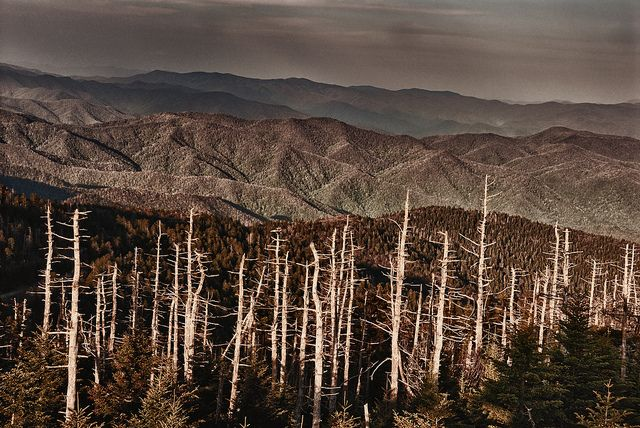Over the past few decades, we have seen an increase in the amount of rain that falls here in New Zealand. We are lucky, however, that most of the rain that falls is regular rainwater and not polluted acid rain. Acid rain is rain that has bad chemicals (pollutants) in it. When acid rain hits the ground it can enter the water system, killing plants and animals. Click here to learn more about acid rain.
Let’s imagine that New Zealand was hit by a massive acid rain storm. Acidic rain fell for three days and three nights. When the rain fell, you stayed inside with your friends and family. When it stopped, however, you and your family decided to go for a walk outside. You opened the door and...
On your blog, write a short story about what happened when you opened the door and walked outside after the acid rain storm. To earn full points, you must write a story that is 8 – 10 sentences long.
I opened the door to see a desolate wasteland, every living plant in a 50km radius was completely dead. The huge avacado tree next to my house was rotting and smelly, my Mum's strawberries had turned yellow and tilted completely sideways. After looking around the house for a while it was confirmed that none of the plants, weeds or even the grass had survived the rain. When we walked into the street we saw that other people were emerging from their houses because they too had notice the sudden stop of the rain. After walking down to the park we saw that all the huge old trees had split and some had even fallen over, revealing a black gooey essence inside the hollow trunk. Minutes later everybody either popped their head out of their window or stepped outside to see what had happened. We then walked back home and on the way we saw a few bugs poke their heads out of their little holes, curiously looking side to side. -1 week later- Everything except for a few dead trees was replaced and now live goes on as it did before, but the smell is still around.